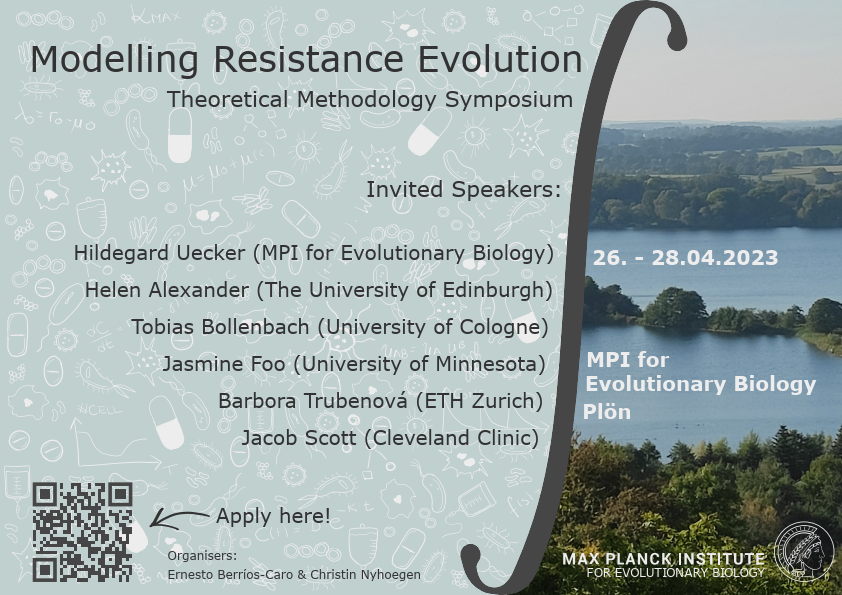Speaker
Description
Both bacterial and helminth infections are commonly treatable by suitable drugs. However, these pathogens are constantly evolving ways to escape drug treatment.
Bacteria often protect themselves by forming biofilms - high-density colonies attached to a surface or each other. Such a sedentary lifestyle of biofilm cells comes associated with costs and benefits. While the growth rate of biofilm populations is often significantly lower than that of their free-living counterparts, this cost is repaid once the colony is subjected to antibiotics: biofilms can survive in antibiotic concentrations up to a thousand times higher than those killing their free-living counterparts. Studies have shown that such phenotypic protection influences the evolution of drug resistance in a non-intuitive way.
Helminths, particularly nematodes, are a diverse group of macroscopic parasites causing a plethora of human and animal diseases. Nematodes are diploid organisms with complex sexual reproduction and life cycles often involving multiple hosts, which makes it extremely difficult to study them experimentally. Therefore, many extrinsic and intrinsic factors affecting drug resistance evolution in these creatures are yet poorly understood.
Despite the significant biological differences between these two taxa, fundamental evolutionary principles governing resistance evolution are the same. Here, we take advantage of this similarity and develop a framework combining pharmacodynamics and pharmacokinetics with population genetics, which we apply to investigate drug resistance evolution in bacterial biofilms and parasitic worms.
We explore the effects of various phenotypic mechanisms present in bacterial biofilms on the population dynamics of bacterial populations and investigate their consequences for the evolution of antibiotic resistance. In helminths, we show the effect of population size on the rate of resistance evolution.

